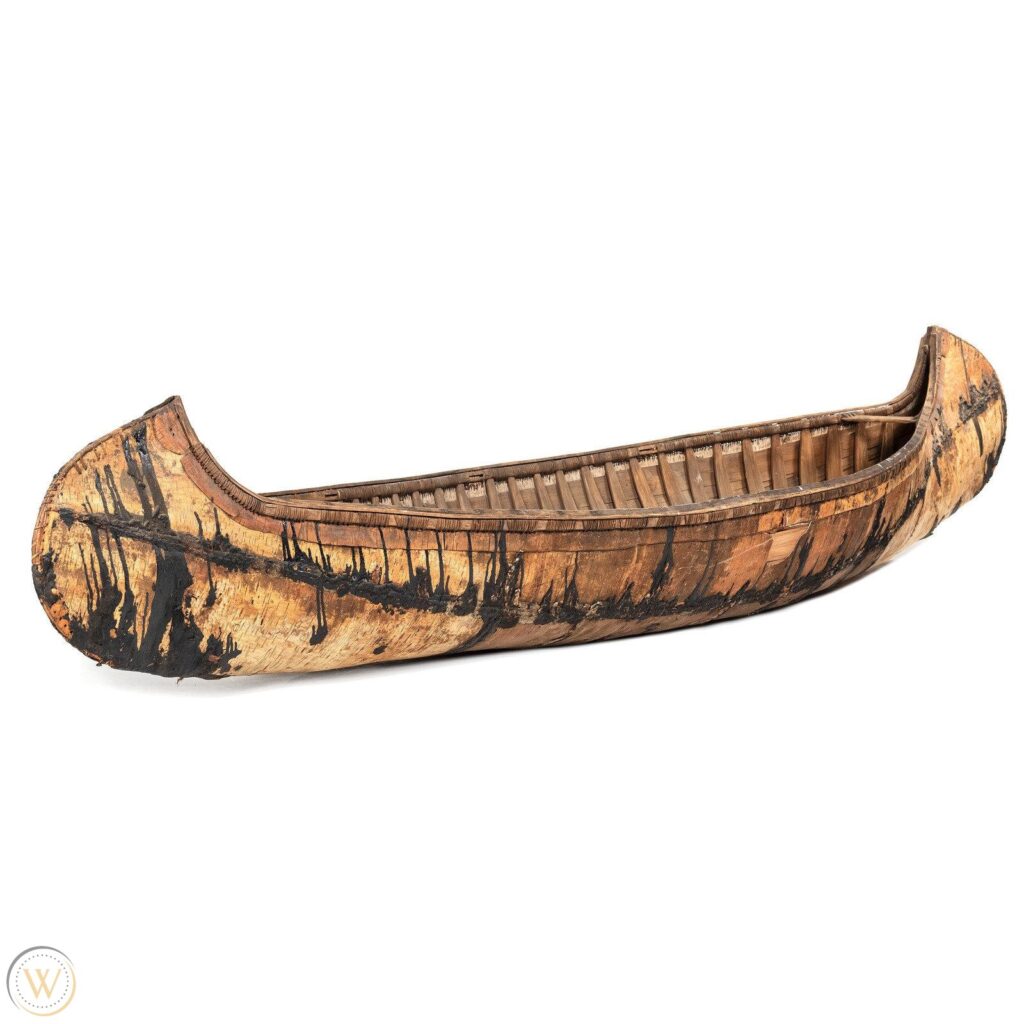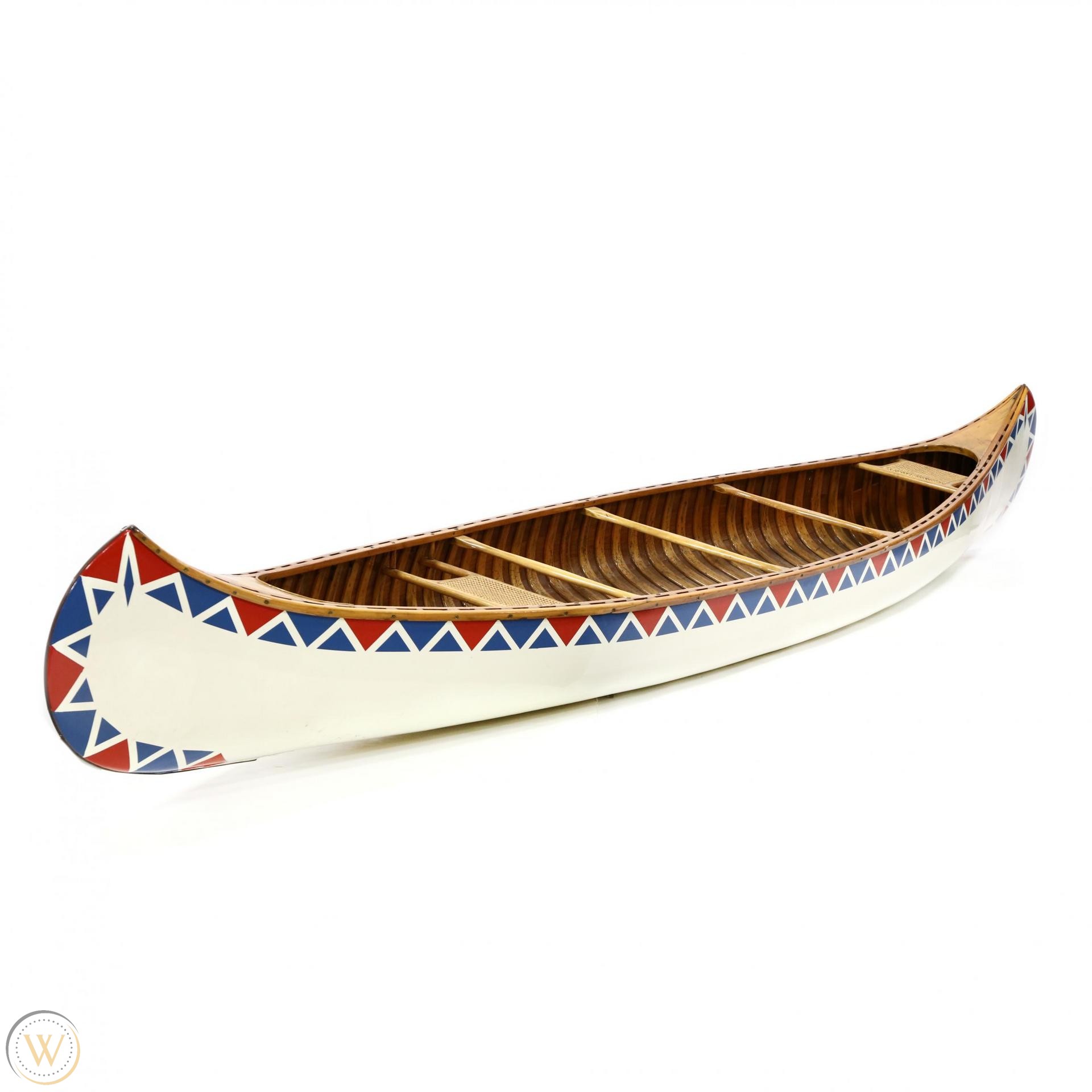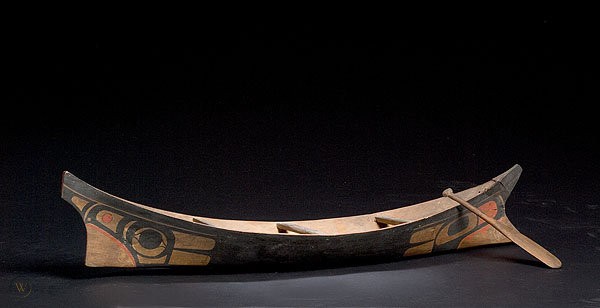
Few things are more peaceful than paddling a canoe in the Boundary Waters.
The Boundary What-ers?
I live in Minnesota, and to the far north is a renowned and vast swath of wilderness—the Boundary Waters Canoe Area Wilderness.
The Canoe Trip of a Lifetime
Picture canoeing through thousands of interconnected shimmering, crystalline lakes set against tall rocky cliffs housing conifers that reach for the sky. The water is cold, clean, and crisp—you barely need a filter to drink it. The fish are plentiful—you may catch delicious Lake Trout, satisfying Walleye, Northern Pike, or Smallmouth Bass. As you paddle in your canoe, you express only peaceful silence to your partner, who sits quietly in wonder behind you. You pass graceful beaver dams, regal herons, and stunning swans, listening for the gentle rhythm of your canoe paddles. You move in noiseless, gorgeous unison.
You approach angry rapids—or perhaps an unpassable bog. How do you pass?
You follow the tradition of the Ojibwe and early French fur traders—you portage. You elegantly flip the canoe onto your back—a surprisingly manageable and artful task. You continue paddling, passing by woods filled with moose, black bears, and wolves. When you arrive at your campsite, you land on a massive, smooth, ancient Precambrian rock. You climb up, stepping on soft, supple verdant moss. You peer out on the sparkling lake, satisfied and peaceful.

Later that night, if you are lucky, you will be greeted by a sky full of stars so vast that it will make the bitterest of people sit in wonder and beauty. The most fortunate witness the northern lights. You fall asleep to the cries of the Loon—a supernatural, beautiful cry that fills the night air with haunting melodies.
So, if you love nature, I implore you—to visit the Boundary Waters.
But be aware of the enemies.
Bloodthirsty Creatures
The Boundary Waters has noteworthy insect adversaries—mosquito swarms so thick you can cut them with a knife, vicious biting flies, no-see-ums, and ticks. The mosquitos torment you with painful, bloody bites. These greedy, furious, persistent creatures erupt in a fit of bloodlust from the lake under your canoe in swarms at dusk.
Once my wife and I foolishly visited in early July. The day was fine, but at dusk, the swarm exploded. We abruptly fled into our tents with horror from these ruthless insects, but dozens squirmed through cracks. We tried to smack them with shoes and clothes, but it was of little use—they defeated us, enjoying a satisfying meal. Meanwhile, the cloud submerged our tent, surrounding us with their bloodlust.

I will never forget the nois —an unearthly, horrifying, and ominous buzzing so loud that earplugs could not save me from the tone. You are brave and foolish if you want to pee outside in such conditions. Of course, I ran like a man on fire, flailing my arms around in desperation, behaving like someone demonically possessed or who had recently escaped an insane asylum.
The mosquitos aren’t even the worst—beware of the dreaded black fly, which erupts in early Summer. Some speak horrifying tales of these massive biting flies. Those who have survived say these bloodthirsty creatures will take chunks of your flesh out.
So, consider yourself duly warned—bring your canoe up in late August or September.
Discovering North America in Birch Bark
Now that I’ve intrigued and horrified you, you are urgently preparing for your next canoe trip. Before you purchase one, let me help you figure out how to proceed. First, let’s briefly discuss the thrilling topic of watercraft history.
In the days of yore, people carved primitive watercraft from hollow trees called dugout canoes. Perhaps the world’s first boat was the 10,000-year-old luxury Pesse canoe; others assert it was the marginally more elegant African Dufuna canoe. Either way, Pre-Columbian people explored South America and the Caribbean using these primary creations. Likewise, Native American peoples surveyed and voyaged the North Pacific coast.
Various indigenous peoples later produced more sophisticated, lightweight bark vessels. Australian Aboriginal peoples used gum trees, while Native Americans favored the paper birch. Europeans utilized birch bark canoes extensively when exploring North America. Early European explorers found these canoes ingenious—they portaged spectacularly yet were repaired easily.

By the 19th century, boat building technology had improved, and wood-on-canvas canoes soon replaced their birch-on-frame companions. By the mid-20th century, companies employed more modern and advanced materials such as aluminum, Royalex, Kevlar, or graphite. Simultaneously, people largely discontinued using them for transportation; instead, canoes saw their place in the recreation and sporting world—the Olympics introduced them in 1936.
Now then—let’s chat about what types of canoes to buy. We’ll briefly overview recreational models, then discuss collecting.
Purchasing a Recreational Canoe
Hull design varies—construction balances speed, carrying capacity, maneuverability, and stability. Contemplate factors such as length, width, freeboard, stability, keel, profile, rocker, and hull symmetry. Here are common materials:
- Aluminum—cheap, trusty, lasts forever, boring, blindingly silver
- Royalex—composite plastic; above aluminum
- Fiberglass—a step up from Royalex, a step down from Kevlar
- Kevlar—for hardcore adventurers, beware—they are fragile!
- Carbon fiber—top-quality racing canoes
- Inflatable—convenient, don’t poke it with a pencil
Serenade your Lady
Courting canoes are beautiful and unique. Picture a moonlit evening in Boston in 1912. You woo your damsel on an elegant H.B. Arnold wood-on-canvas canoe in the Charles River. Your stylishly decorated boat has gold detailing and an extended, bench-lined mahogany deck. Don’t forget your phonograph, picnic basket, and heaping piles of pillows.
The worldly may acquire Indigenous canoes. Consider a Birchbark canoe, perhaps Chippewa or Anishinaabe; an Arctic canoe made by the Tlingit people; a Northwest Coast dugout; or boats made by the Maori in New Zealand.
Perhaps consider a sailing canoe. John McGregor sailed a speedy two-masted, Native-influenced canoe in the 1860s from Europe to the Middle East. The lucky may obtain a J.H. Rushton; their Rob Roy style canoes are exceptionally rare.

Old Town is famed and produces wood and canvas-on-wood canoes. Consider E.M. White, Chestnut, or B. N. Morris for historic and elegant wood-on-canvas canoes. The Willits Brothers make spectacular double-planked wooden canoes. If you seek a Canadian wooden canoe, contemplate a Peterborough; the fortunate will find a Rice Lake Canoe made by Stephenson, Gordon, and Herald.
For more information, consider joining the Wooden Canoe Heritage Association; their yearly assembly is coming in just a few weeks. They have a Facebook group also. Visit the informative Antique Model Canoes website. Museum-lovers may visit the Canadian Canoe Museum or Wisconsin Canoe Heritage Museum.
No matter what, beware of fakes; some “antique” canoes are modern decorative reproductions—learn how to spot them.
We Need More Deet
As for me, I regrettably own no canoe. Years back, I convinced my wife to allow me to buy a cheap and basic plastic canoe. Still, I didn’t use it enough to justify stashing this massive, burdensome object in our garage. If I had the funds, I would purchase a kayak—folding ones intrigue me. Yet with a baby on the way and friends busy managing small children, I have no Boundary Water trips planned for this Summer. In the future, I look forward to adventuring there again—with a mosquito net and gallons of Deet.
Matthew Belsky is a higher education professional and map enthusiast who lives in Minneapolis. He works at a university disability services department where he supports students with mental health conditions, ADHD, and other disabilities. He holds degrees in Fine Art, Geography, and Education. He enjoys spending time with his family, hiking, traveling, mushroom hunting, and reading about history, geography, and macroeconomics.
WorthPoint—Discover. Value. Preserve.
The post Canoeing in the Boundary Waters—Beauty and Mosquitos appeared first on WorthPoint.
Did you find this article inspiring? Save THIS PIN to your board and check it later at any time!
